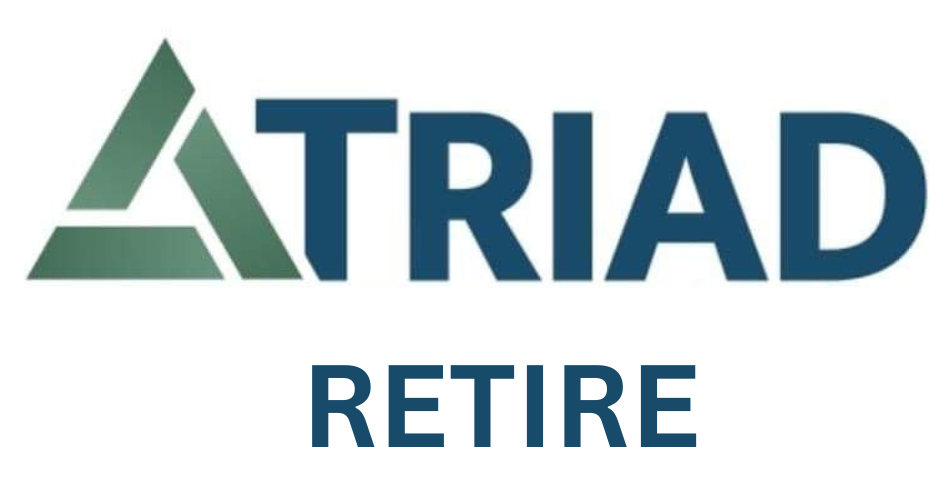Planning for retirement is a crucial task for Americans, yet it often comes with complex details that can overwhelm even the savviest savers. Personal finance expert and bestselling author Suze Orman continues to shed light on these intricacies, particularly when it comes to Social Security—a vital component of most retirement plans.
For those navigating the challenges of retirement planning, understanding updates and strategies related to Social Security benefits can significantly impact their financial well-being. Here’s a breakdown of Orman’s latest advice on Social Security for 2025 and how to make the most of these benefits.
The Role of Social Security in Retirement
Social Security serves as a cornerstone of retirement income for many Americans. Yet, as Orman emphasizes, it should not be the sole source of financial support. Most individuals also rely on savings from employer-sponsored 401(k) plans and Individual Retirement Accounts (IRAs) to sustain their desired lifestyle in retirement.
“Social Security was never designed to be your only source of income during retirement,” Orman often reminds her audience. By combining Social Security with personal savings, retirees can better address the rising costs of living, healthcare, and housing.
The 2025 Social Security Cost-of-Living Adjustment (COLA)
One of the key updates for 2025 is a 2.5% cost-of-living adjustment (COLA) for Social Security recipients. While this increase may appear modest—especially compared to the 8.7% COLA of 2023—it reflects a positive trend in inflation stabilization.
“A smaller inflation adjustment can feel disappointing,” Orman explains. “But it’s actually good news. It reflects that we are no longer dealing with basic expenses rising at a fast rate.”
For retirees, this smaller COLA means less pressure on their budgets, but it also underscores the importance of diversifying income sources beyond Social Security.
Why Waiting to Claim Social Security Matters
A common pitfall for retirees is claiming Social Security benefits as soon as they become eligible at age 62. While it may be tempting, Orman strongly advises against this move unless absolutely necessary.
“Waiting until your full retirement age—or even better, until age 70—can significantly increase your monthly benefits,” Orman notes. The Social Security Administration credits accounts with annual COLA increases even if benefits have not yet been claimed, offering an incentive to delay withdrawals.
For example, someone who waits until age 70 could receive up to 76% more in monthly benefits compared to claiming at age 62. This long-term strategy can make a significant difference, particularly for retirees concerned about outliving their savings.
Working While Receiving Social Security
Another important consideration for retirees is how earned income impacts Social Security benefits. In 2025, those who work while collecting benefits before reaching full retirement age will see their benefits reduced by $1 for every $2 earned above $23,400.
However, once retirees reach full retirement age, these reductions no longer apply, no matter how much they earn. Additionally, the 2025 taxable earnings cap for Social Security will rise to $176,100. This means income below this threshold will be subject to Social Security taxes, while income above it will not.
For retirees who plan to work part-time or full-time, understanding these rules is essential to maximizing their overall income.
Beyond Social Security: A Holistic Approach to Retirement
While Social Security plays a vital role, Orman emphasizes the importance of planning for other retirement expenses, such as housing and healthcare.
- Housing: Whether choosing to downsize, relocate, or stay in their current home, retirees should align their housing decisions with both financial and personal needs.
- Healthcare: Medicare premiums, copayments, deductibles, and long-term care insurance are critical components of retirement budgets. Planning ahead for these costs can prevent financial strain later on.
Orman’s holistic approach encourages retirees to think beyond monthly Social Security checks and create a comprehensive plan for their golden years.
Final Thoughts: Navigating Retirement with Confidence
Suze Orman’s insights provide invaluable guidance for retirees aiming to make informed Social Security and financial decisions. As 2025 approaches, staying ahead of updates and creating a comprehensive retirement strategy are essential for long-term financial security.
At SafeMoney.com, we specialize in helping individuals plan for a safe and secure retirement. Whether you’re exploring Social Security strategies, considering annuities, or managing healthcare expenses, our resources and independent network of financial professionals are here to guide you every step of the way.
Looking for Guidance?
If you’re seeking personalized advice, consider reaching out to a financial professional. Get started by visiting our “Find a Financial Professional” section, where you can connect with someone directly. If you would like a personal referral for a first appointment, please call us at 877.476.9723 or contact us here to schedule an appointment with an independent trusted and licensed financial professional.
 Authored by Brent Meyer, founder and president of SafeMoney.com, with over 20 years of experience in retirement planning and annuities.
Authored by Brent Meyer, founder and president of SafeMoney.com, with over 20 years of experience in retirement planning and annuities.
This article is intended for informational and educational purposes only and does not constitute financial, legal, or professional advice. While efforts have been made to ensure the accuracy of the information, readers should consult a qualified financial advisor or professional for personalized advice.
The insights and quotes from Suze Orman referenced in this article are publicly available and attributed to her as a personal finance expert. This article is not affiliated with or endorsed by Suze Orman or her affiliated organizations. For more detailed guidance, please refer to official Social Security Administration resources or other reliable sources.
The post Suze Orman’s Social Security Insights for 2025 Retirement first appeared on SafeMoney.com.
